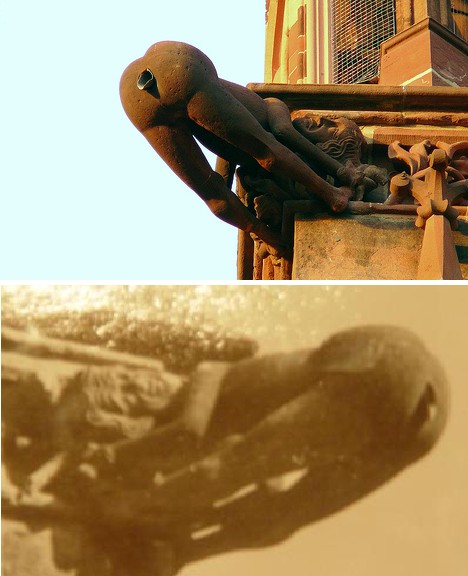(I’ve added below a BBC video about medieval childbirth and marriage, in case you’re interested in those important aspects of Margery Kempe’s life.)
https://www.youtube.com/watch?v=A04zOgN9DzE
We go back in time this week, specifically to the late 10th century. Keep the first half of the semester in mind as we go: you’ll have a much richer sense of these texts if you can retain your familiarity with the ones we’ve already studied. How, for example, might we compare Margery Kempe’s understanding of marriage with that of the Wife of Bath? Keep these kinds of questions in mind as you read.
You can see the only surviving manuscript of The Book of Margery Kempe here, through the British Library’s digitization project: Margery Kempe
(This site provides a transcription of the manuscript alongside the manuscript pages. It’s worth looking at, especially since we’re using a modernized version; this will show you the Middle English: Transcription)
The manuscript was only rediscovered in the 1930s. Here’s the story, via The Guardian:
“The story goes that when Colonel W Butler Bowdon was looking for a ping-pong bat in a cupboard at his family home near Chesterfield in the early 1930s he came across a pile of old books. Frustrated at the disorder, he threatened to put the whole lot on the bonfire the next day so that bats and balls would be easier to find in future. Luckily a friend advised him to have the books checked by an expert and shortly afterwards Hope Emily Allen identified one as the Book of Margery Kempe.”
I’ll admit that find the fragility of literary history—the fact that such astonishing texts could have easily been lost to us—really moving! Imagine all of the things we don’t have access to…or that might still be in cupboards somewhere!
Finally, here are some resources for further exploration, if you’re interested: Mapping Margery Kempe
https://www.youtube.com/watch?v=zvQp_hCPKjI









